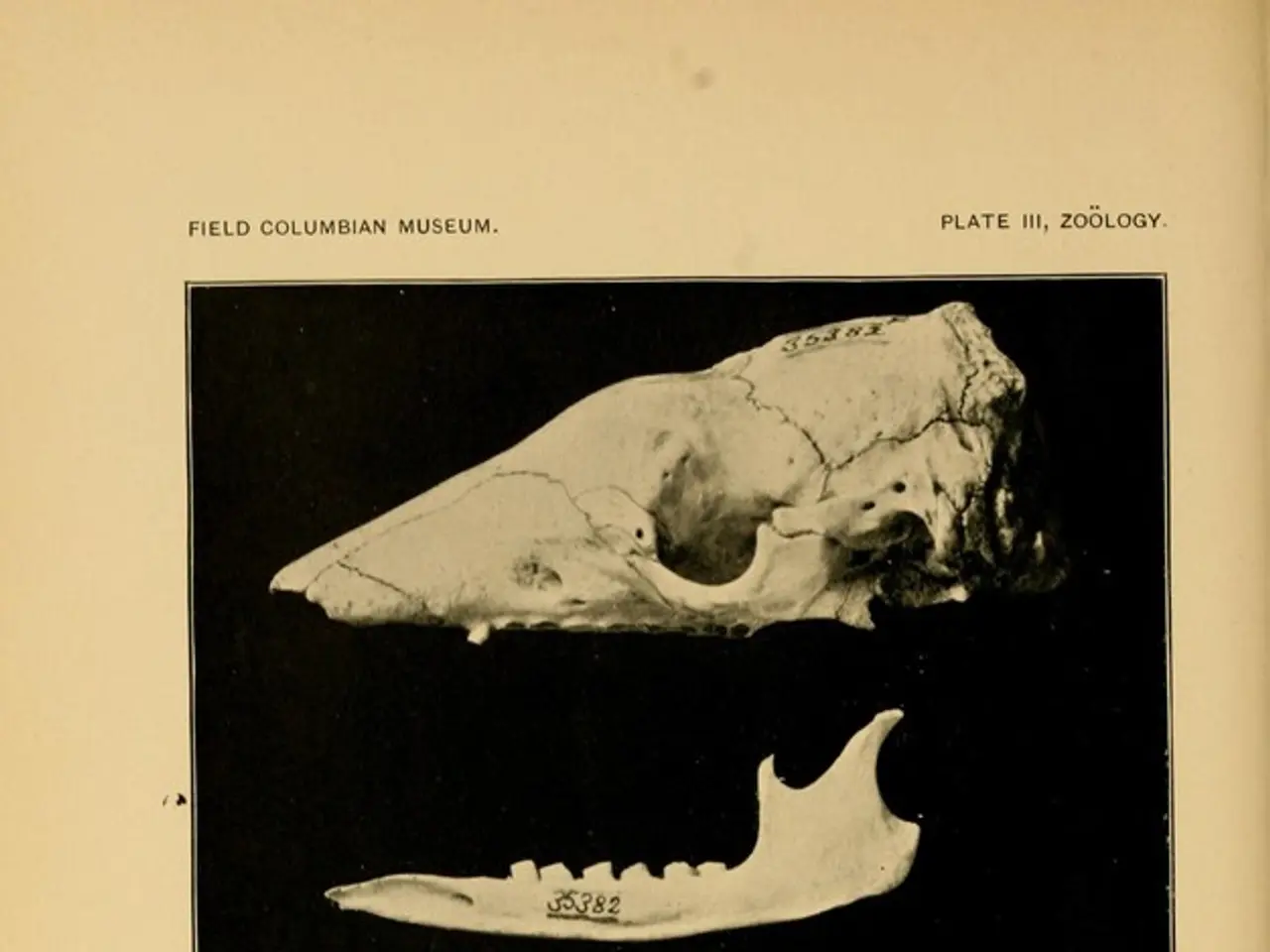Connection between Osteoarthritis and Obesity: Facts, Figures, and Advice
Obesity and osteoarthritis (OA) share a complex relationship, with excess weight significantly increasing the risk of developing and progressing OA, particularly in weight-bearing joints such as the knees and hips. This connection is due to both mechanical and biochemical factors.
Extra weight puts additional stress on joints, leading to cartilage wear and joint stiffness. Moreover, obesity triggers hormonal and metabolic changes that promote systemic and local inflammation, exacerbating joint damage and OA symptoms.
Mechanical stress on joints causes subchondral bone remodeling, reducing shock absorption and increasing joint stiffness. Inflammation, on the other hand, leads to increased pro-inflammatory cytokines in joints, causing cartilage degradation and perpetuating a cycle of inflammation and joint damage.
Epidemiological studies confirm a causal relationship between high Body Mass Index (BMI) and OA, with the global burden of OA rising alongside obesity prevalence. This connection has profound public health implications, particularly affecting women and aging populations.
Effective strategies to manage OA in the context of obesity focus on weight loss, physical activity, and multimodal management. Clinical guidelines emphasize weight reduction to decrease joint load and inflammation, improving symptoms and slowing OA progression. Moderate-intensity exercises such as aerobic activities, strength training, and stretching help maintain joint function and muscle support without excessive joint stress.
Combining weight loss, tailored exercise programs, and possibly nutritional interventions can improve muscle function and reduce OA symptoms in obese individuals. A calorie-controlled diet, focusing on fruits, vegetables, whole grains, and lean proteins, is typically recommended for weight loss. High-calorie drinks should be replaced with water, sparkling water, or unsweetened tea or coffee.
Types of exercise that put less pressure on the joints, such as water aerobics, swimming, walking, yoga, tai chi, and using an elliptical machine, may be beneficial. If experiencing pain from exercise, consulting a physical therapist for a personalized plan may be helpful.
In cases where lifestyle and dietary interventions have not helped with weight management, a doctor may suggest medical treatments to aid with weight loss. Weight loss medications may help some people and potentially reduce the effects of obesity, including OA. GLP-1 medications, for instance, may offer anti-inflammatory benefits, potentially reducing some of the pain of OA.
Support groups for people with arthritis and obesity are available, such as The Arthritis Foundation's Your Connect group, The Arthritis Foundation's resource finder, The CreakyJoints list of arthritis support groups and resources, and Overeaters Anonymous. A dietitian can provide guidance on food, meal size, and overcoming potential obstacles in making dietary changes.
Each pound of weight loss in people who have overweight or obesity can decrease the load the knee bears by three to six times. It's important to note that obesity is the most important risk factor for the development of OA, according to a 2022 review. Managing obesity with weight loss and controlled physical activity represents a cornerstone of OA treatment to improve joint health and patient quality of life.
Read also:
- Chest Pain Caused by Compressed Nerves: A Possibility Explored
- Hypothyroidism in Canines: A Comprehensive Look, Written by Catherine Barnette, DVM, and Reviewed by Emily Oliver, CVT on 07/31/2025. Published on 07/21/2023. Sharing options include Facebook, Twitter, Email, and Print.
- Can diabetic retinopathy be reversed?
- Estimated healthy life years for a Latvian: Not numerously abundant






